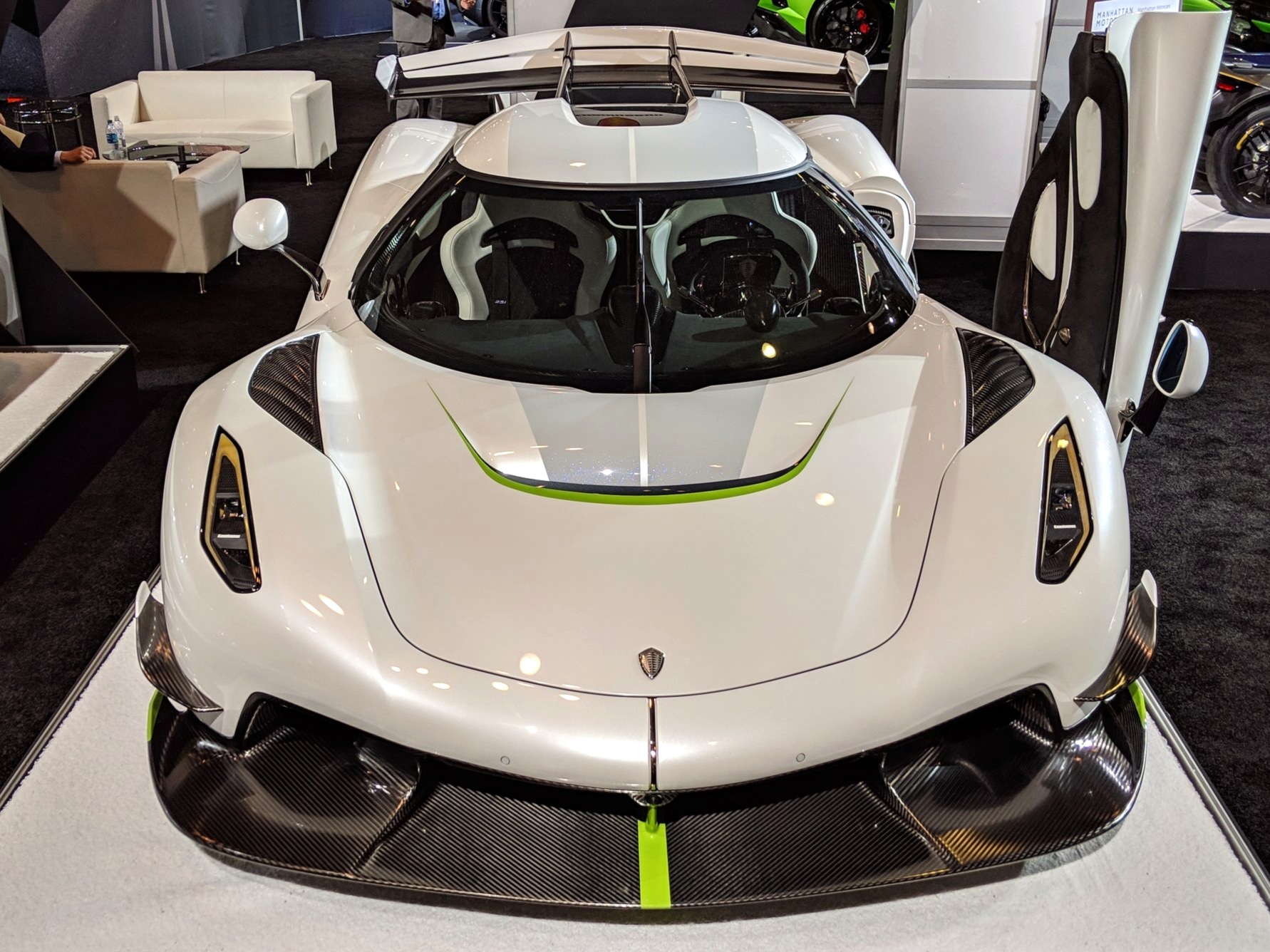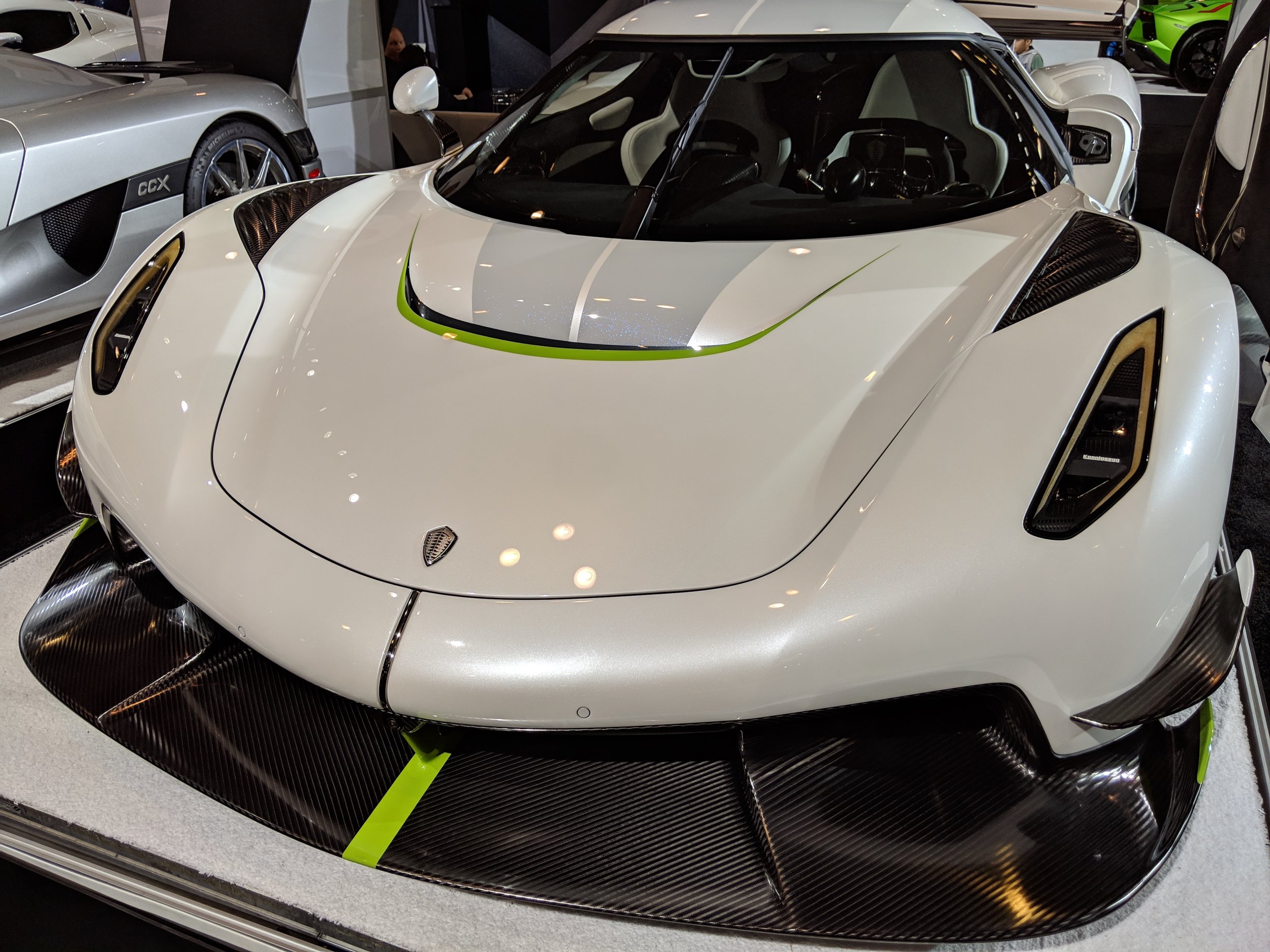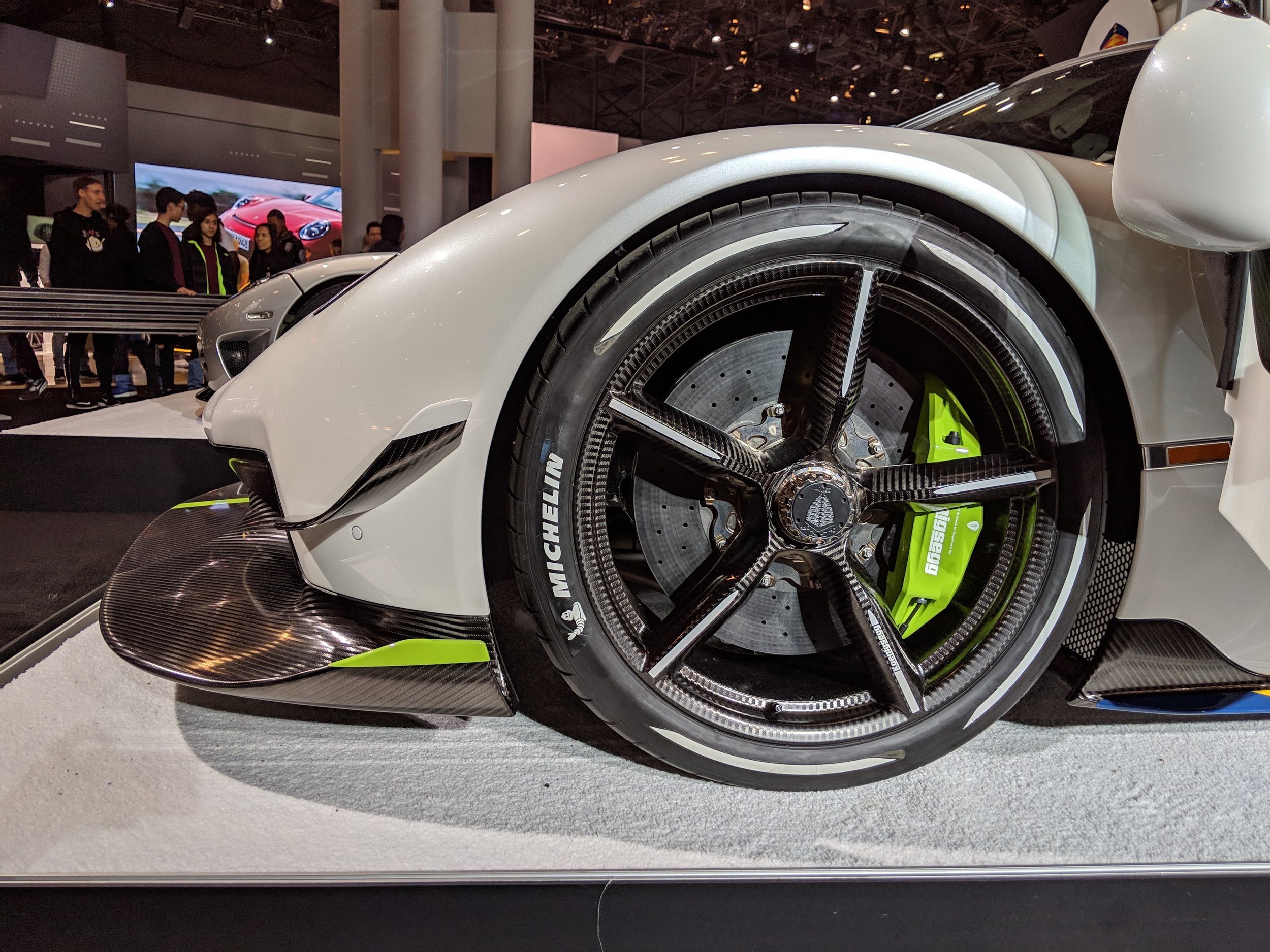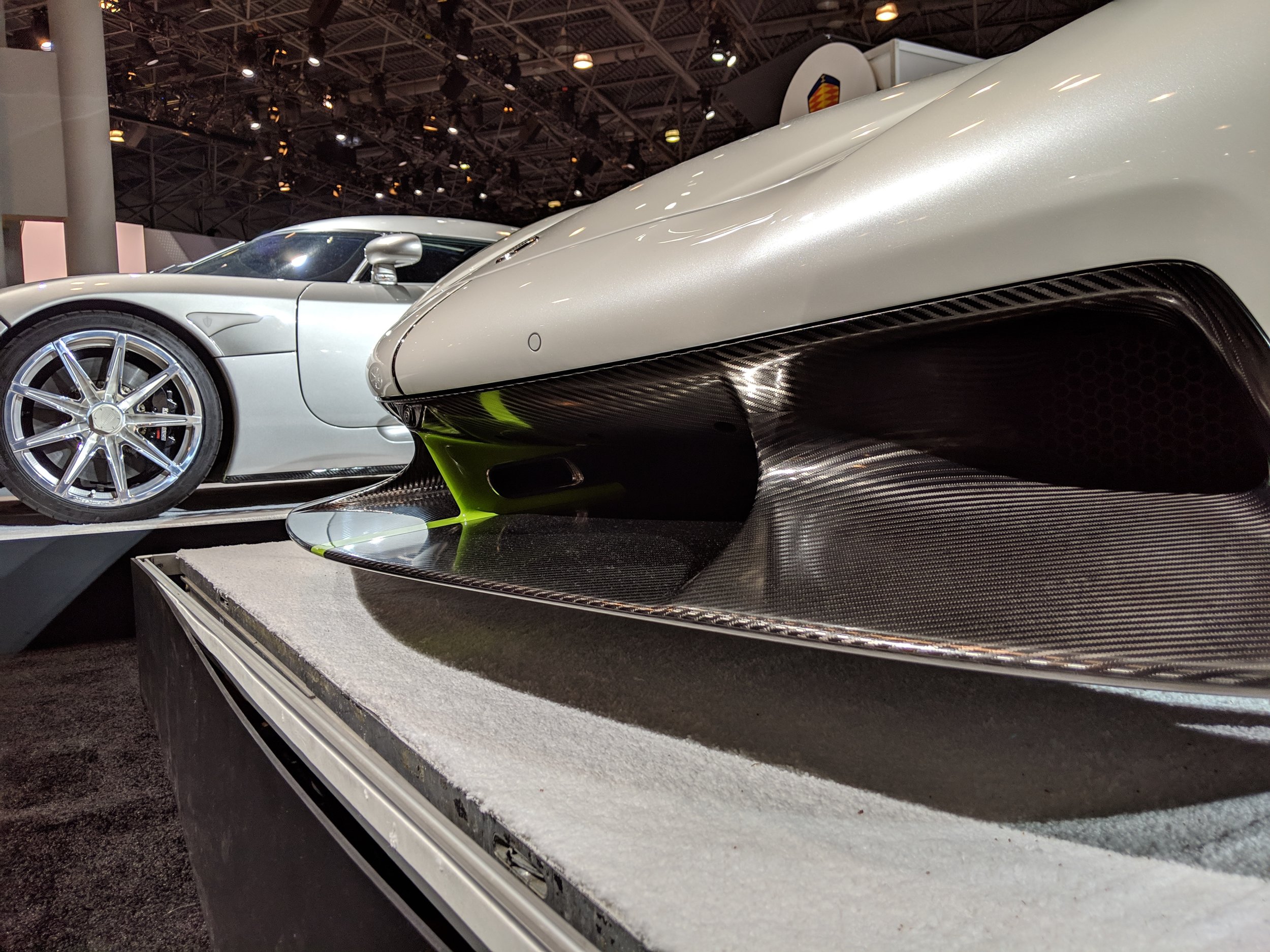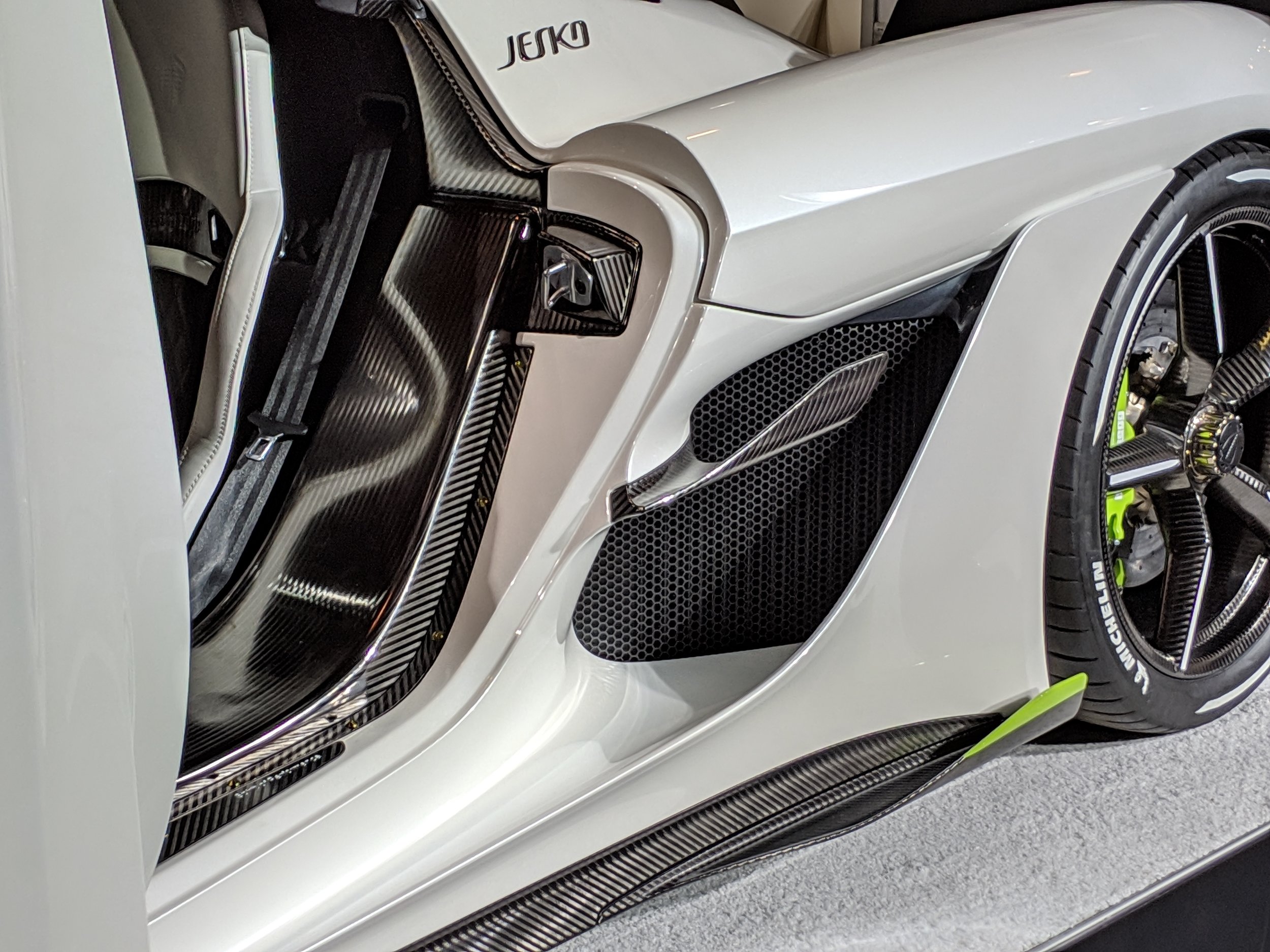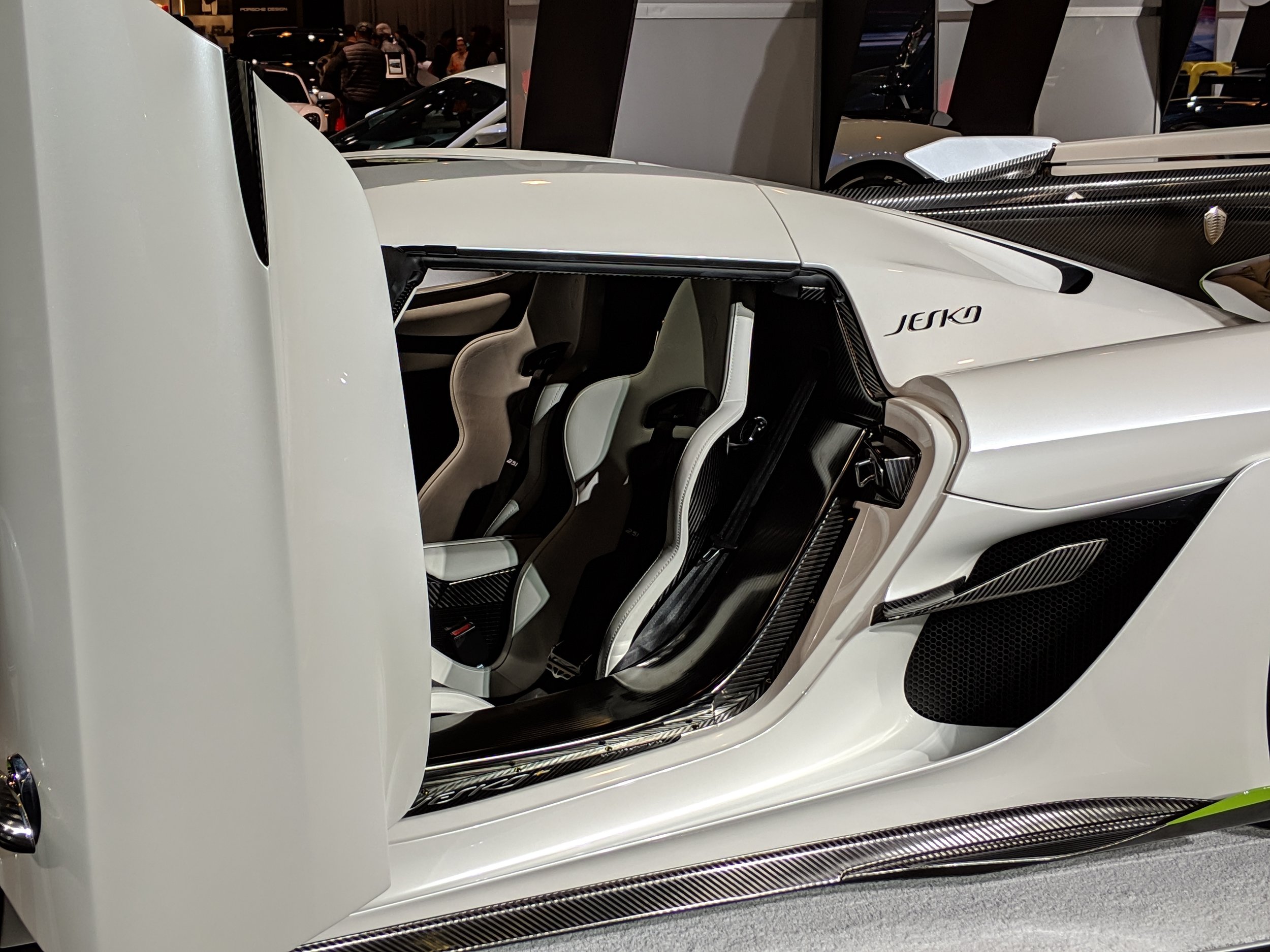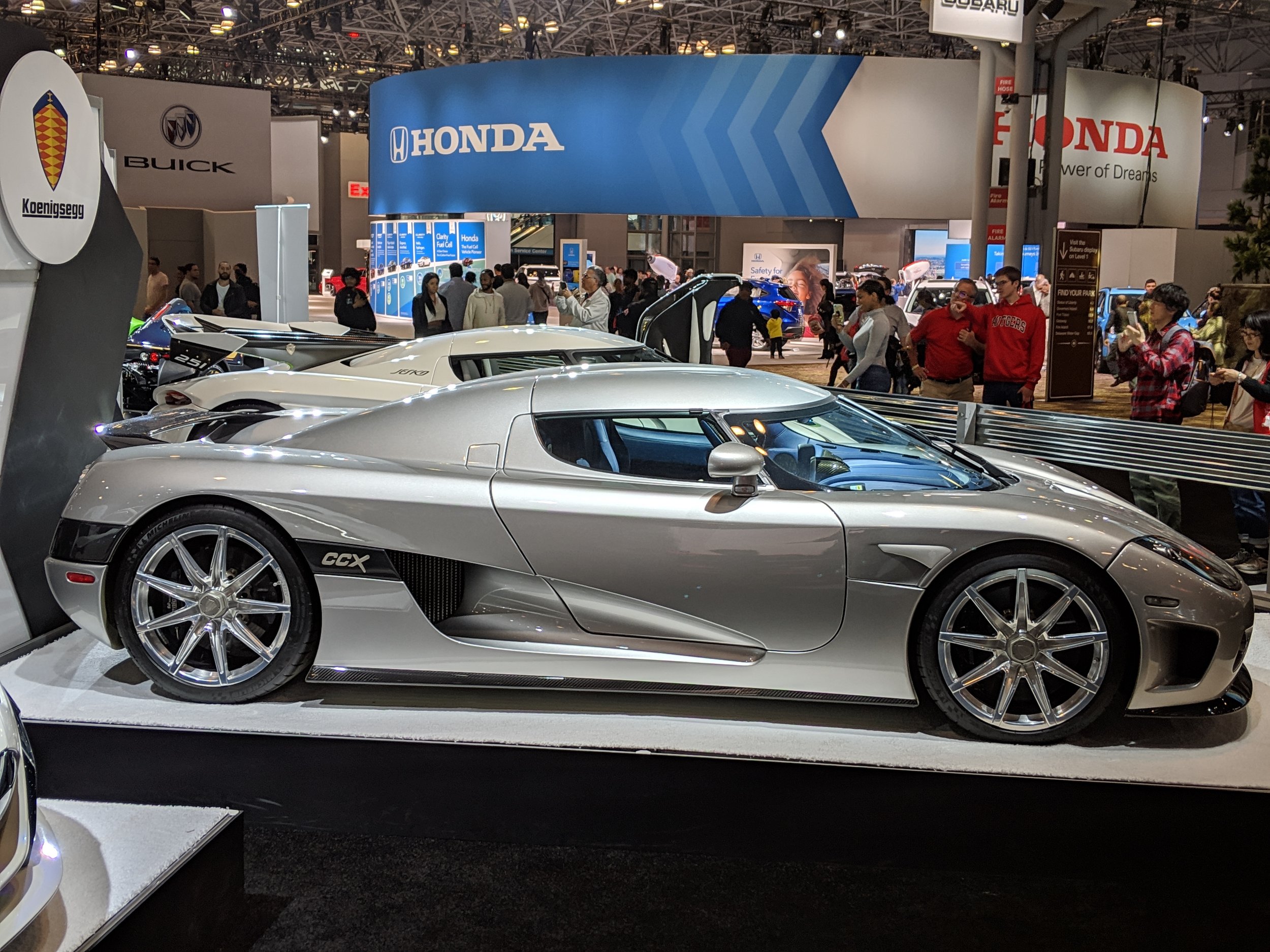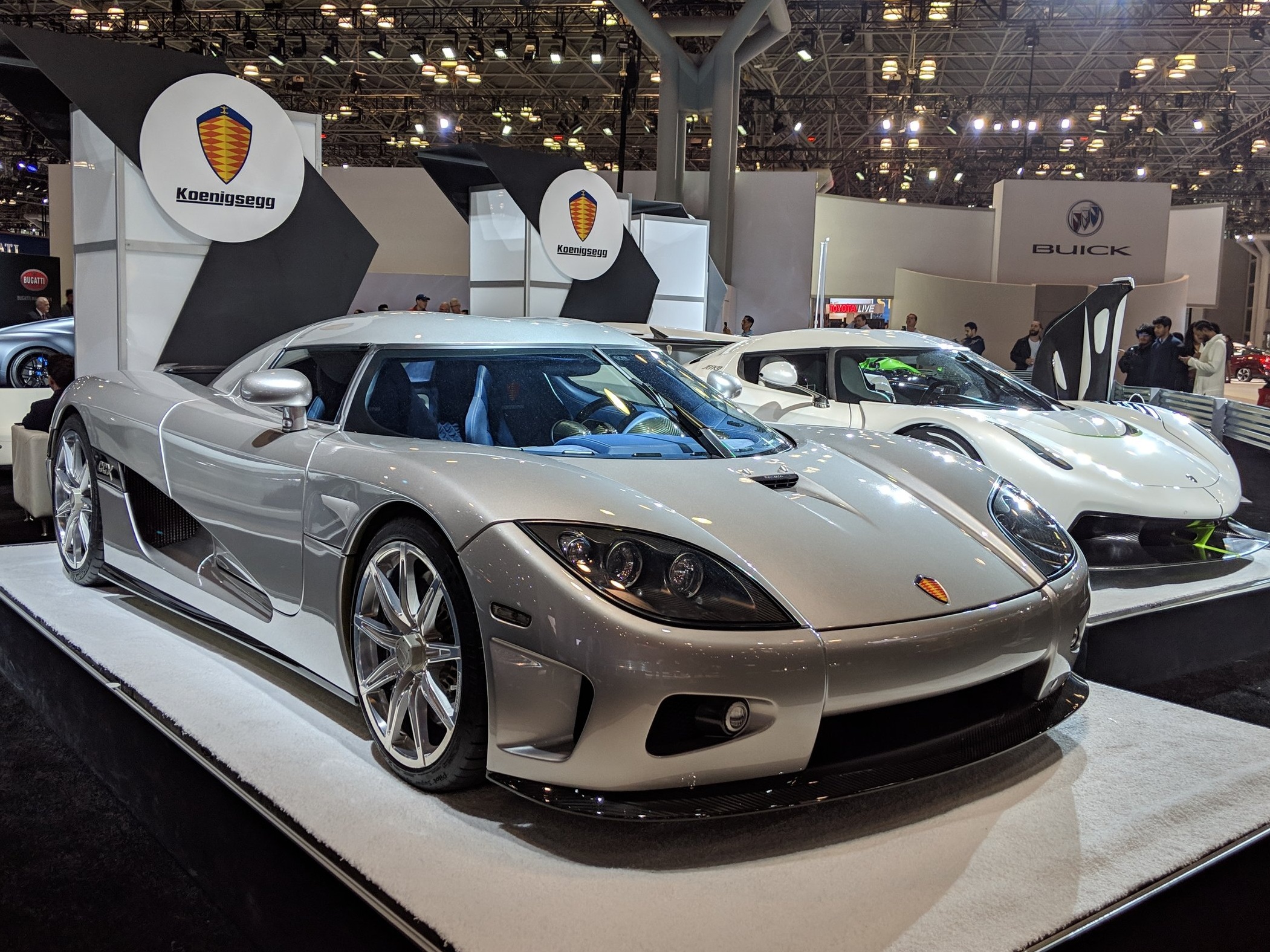How The Jesko Grips And Slips The Air In Classic Koenigsegg Style
The Special Combination of Purpose and Design
Design and aerodynamics are closely linked. The cars that capture the ethos of “homologatedSHIFT” are cars use them together in a concert of purpose and beauty, unlike some of the unpleasant things on the new R8. Function creates form and racing intentions requires concentrated attention to function. For any vehicle, homologation requirements dictate a set of requirements, but Koenigsegg doesn’t let those requirements set the boundaries for their vehicles. While there are many reasons for utilitarian solutions to technical challenges, imagine a world where every car was designed like a Koenigsegg. More manufacturers would be trying to solve challenges with no visible hard boundaries on design or budget.
The Koenigsegg Jesko has some of the most extreme aerodynamics of any road car. With a single goal of “blistering on-track performance” (Koenigsegg’s words), you will be equally likely to see a Jesko idling around Lake Como as you will whisking the innards of its owner on a racetrack.
In order to do that hypercar thing of going fast on a track and that Koeniggsegg thing of going fast in a straight line, it needs active aerodynamics that allow it to either grip or slip the air. One of the main aero elements is the front splitter. It is the deepest splitter ever fitted to a Koenigsegg and even in the care carbon fiber finish it looks rather large. The front splitter has large active flaps that open and close to help manage over and understeer. Apparently, they have also found that they can release downforce during high-speed braking events to preserve the front splitter. I wonder if they found that the nose would scrape without releasing the downforce while testing it on the track or through simulations. I would imagine even Jay Leno would be scraping this chin every once in a while, despite his familiarity of driving supercars with deep front splitters. It isn’t easy having that large of a chin.
That thing will be moving a ton of air.
The other obvious downforce item is the new double-profile rear wing. Using the design that was originally introduced on the One:1, it uses a top mount with two profiles to allow for a higher angle of attack without stalling the wing. The slightly harder to look at McLaren Senna uses a similar design for its rear wing. Interestingly, the rear end of the Jesko is sending some serious McLaren P1 vibes with the central exhaust exit and the curved rear wing.
There are also a number of other smaller details that contribute to the overall air management of the car. Canards up front and the wing mirrors are both designed for downforce. Even the wing mirrors apparently deliver 20kg of downforce at an undisclosed speed.
The distinctive Koenigsegg stormtrooper helmet windscreen and double bubble roof provides high-speed stability and keeps the air flowing towards the rear wing. The combination of the roof shape with the top mounted wing maximizes the efficacy of the rear wing by keeping the air flowing “cleanly” to the underside of the wing. The roof shape is the distinctive Koenigsegg design element that connects all of the models since the original CC Prototype. Simple, yet purposeful.
All of this comes together to provide downforce that is 40% over the world record-breaking Agera RS at a max of 1400kg, over a Porsche 996 worth of downforce.
By comparison, the CCX, which was originally released 13 years ago, looks like it has nearly nothing in terms of air management. While that is not entirely true, check that “Top Gear” wing in the back, the lack of protruding bodywork gives it an almost “classic” quality. It is incredible to see how far the air management has evolved over the last 15 years. I am certain that most of the audience at the New York International Auto Show had no idea that the CCX is over 10 years old. Considering the guy standing next to me at the show told his kids that these were all a bunch of different Bugattis, I assume he wouldn’t get the build year correctly on his third guess.
Even though this car will be faster than most in a straight line the real speed junkies will need to be patient because Christian Von Koenigsegg has claimed to be building a Jesko 300. Failed opportunity to call it the Jesko 483 in my opinion. For the imperialists reading who need a little extra help understanding that name, this version of the car is expected to hit 300 mph.
For all of those reading this article that have been convinced that they need a Jesko, I have bad news. All of the build spots for the the limited production run of 125 cars have been sold out. Maybe you will have more luck getting on the Jesko 483 waiting list or picking up another limited edition car that is 15X less exclusive.


